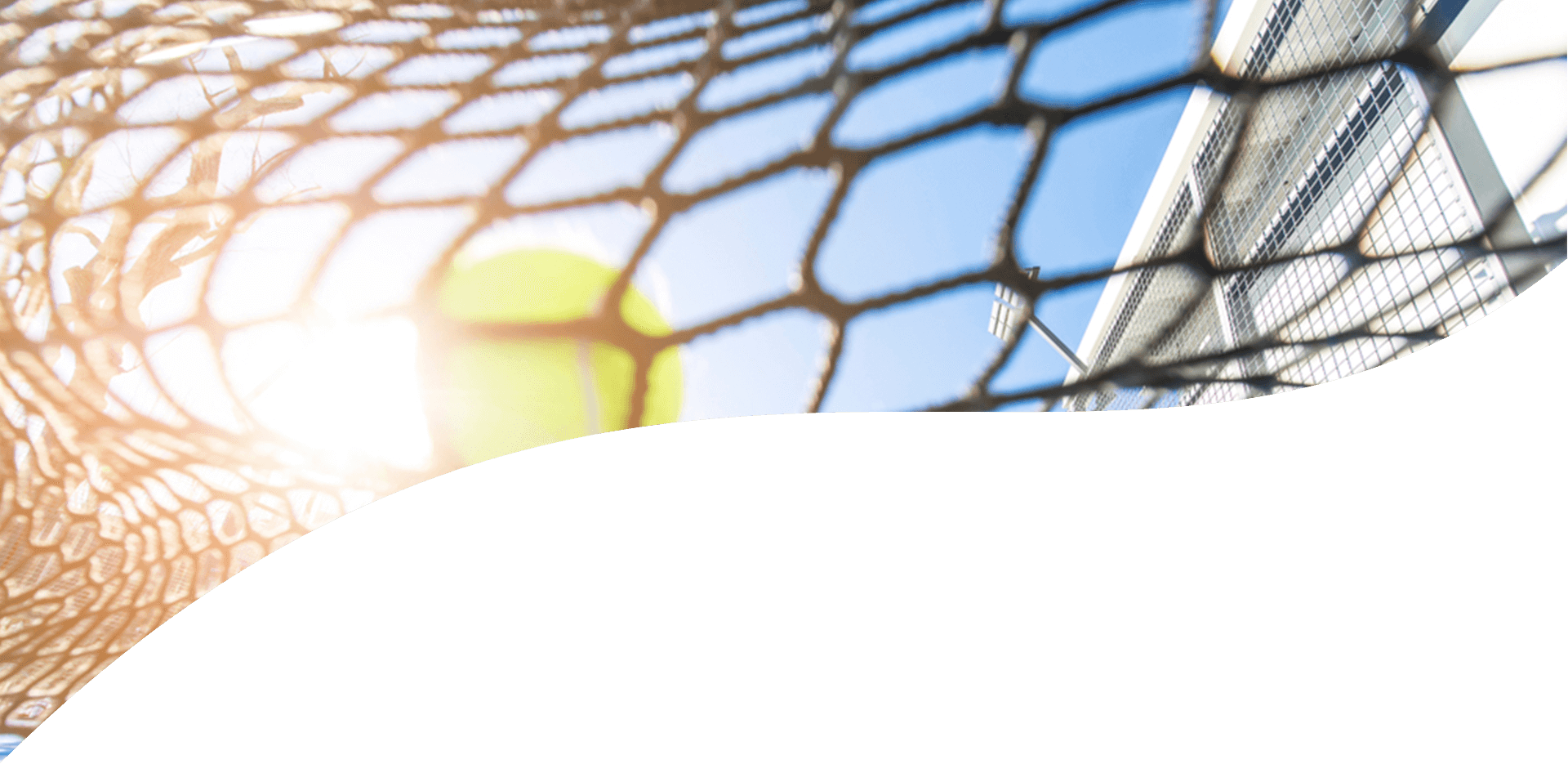
-

The History of Padel: Enrique Corcuera
Posted by AusPadel on 25 / 08 / 2021
Padel, as we know it today, is quite a recent sport that is growing internationally at an amazing speed, however, if we look at its origins and influences we will realize that it dates nearly as far back as other well-known sports such as Football (1869), Badminton (1870), Tennis (1873), Hockey (1875) or Basketball (1891). Interesting, isn’t it?
The first time we heard about Padel was in 1898 in Michigan (US). A member of the church modified a few tennis courts by halving their size, changing the racquet for a wooden paddle and the ball for a foam rubber one with the purpose of introducing sports to young kids. He named it, Paddle Tennis.
Parallel to Paddle Tennis, a different version aimed to higher classes and known as Platform Tennis was introduced in New York in 1928. Similar to actual Padel, Platform Tennis’s courts were fenced to keep the ball in while allowing players to play off the wire, and the game was played only in couples.
Despite being different sports, the creator of modern Padel, a Mexican influencer businessman called Enrique Corcuera, knew about Paddle Tennis (and probably Platform Tennis) when he developed the first Padel court in his house in Acapulco (Mexico) back in 1969. Enrique had an area of 20×10 in his property, where he thought of building a ‘ball sports court’. Having played Paddle Tennis previously, he decided to keep the same racket, enclose the 20×10 area with walls and halve it with a net in the middle. After deciding where to place the lines, there was only one thing missing; the balls. As Enrique recalls, they tried different types of balls but the one that suited best was the Tennis ball. Padel was created!
Social as he was, Enrique had friends visiting him from all over the world with whom he shared and played his new sports invention. Padel rapidly hooked them, which helped its development mainly in Argentina and Spain.
Padel arrived firstly to Spain, Europe in 1974 brought by Prince Alfonso Maximiliano, who fell in love with the sport after one of his summer trips visiting Enrique. Alfonso tweaked and slightly improved the court by changing the sidewalls for fences and built the first two court. Padel grew fast in the elite Spanish society, promoted by the former Spanish Tennis Wimbledon Champion Manolo Santana, who helped to create the first tournaments amongst sports clubs.
Similarly, in Argentina, Julio Menditengui decided to import Padel where it turned into a viral sport in a short period of time.
Due to its quick expansion in different countries, each one ended up setting their own federation to help to organize, promote and regulate the sport. A turning point for Padel happened in 1991, when the International Padel Federation, the world governing body for the sport Padel, was created in Madrid.
During the ‘80s and 90’s the number of Padel tournament increased; as a result in 1992, the first national teams Padel World Cup took place in Spain. In 2005 Padel Pro Tour (PPT), the first professional padel tour, was born gathering the best padel players around the world in different events year after year. Finally in 2012, the World Padel Tour (WPT) replaced PPT and since then has been the official professional tour.
Today Padel is the world’s fastest growing sport with more than 12 million players worldwide (and increasing rapidly!). Spain (around 11500 courts) and Argentina (around 8000 courts) keep leading those numbers, with the sport being the second most played in both countries. New Padel courts are popping up daily around Europe (Holland, Italy, Sweden, France, Belgium, the UK, you name it) and Asia (United Arab Emirates, Qatar, Japan, China, Australia, etc.) and continuing its expansion in South America and North America. Its popularity increases daily as the World Padel Tour (WPT) numbers reflect: last 2018 broke a record of attendance and television coverage for the different tournaments.
Padel has definitely been well established and its future looks bright, now it’s a matter of years and hard work to make it an Olympic sport. Welcome to the sport of this century!
SUBSCRIBE TO OUR NEWSLETTER AND STAY PADEL UPDATED!
Contact us

Follow us on

Related Blog

Partner with AusPadel
Last year was an extremely busy and productive year for us here at AusPadel. We met with sports club owners, tennis club presidents and investors who heard about Padel for the first time.
16 / 01 / 2022
Read More
Merry Christmas & Happy New Year!
The AusPadel family would like to wish you a very happy and safe festive season.
22 / 12 / 2021
Read More
The History of Padel: Enrique Corcuera
Padel, as we know it today, is quite a recent sport that is growing internationally at an amazing speed, however, if we look at its origins and influences we will realize that it dates nearly as far back as other well-known sports.
25 / 08 / 2021
Read More
Welcome to AusPadel!
We are extremely excited to launch the new AusPadel website! This is the result of years of hard work, not just on the website itself, but also across our courts and services.
23 / 07 / 2021
Read More
Padel & Tennis: the perfect Alliance
Padel and Tennis' future looks to be developing hand-in-hand, and have already developed the perfect sporting alliance across Europe and Asia. These two racquet sports share many similarities and have a great opportunity ahead to work together towards the same goal.
